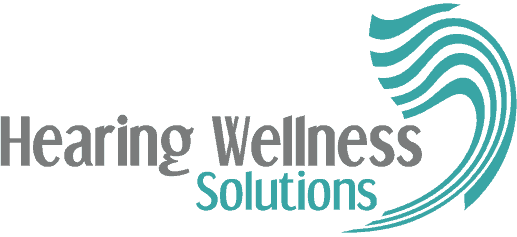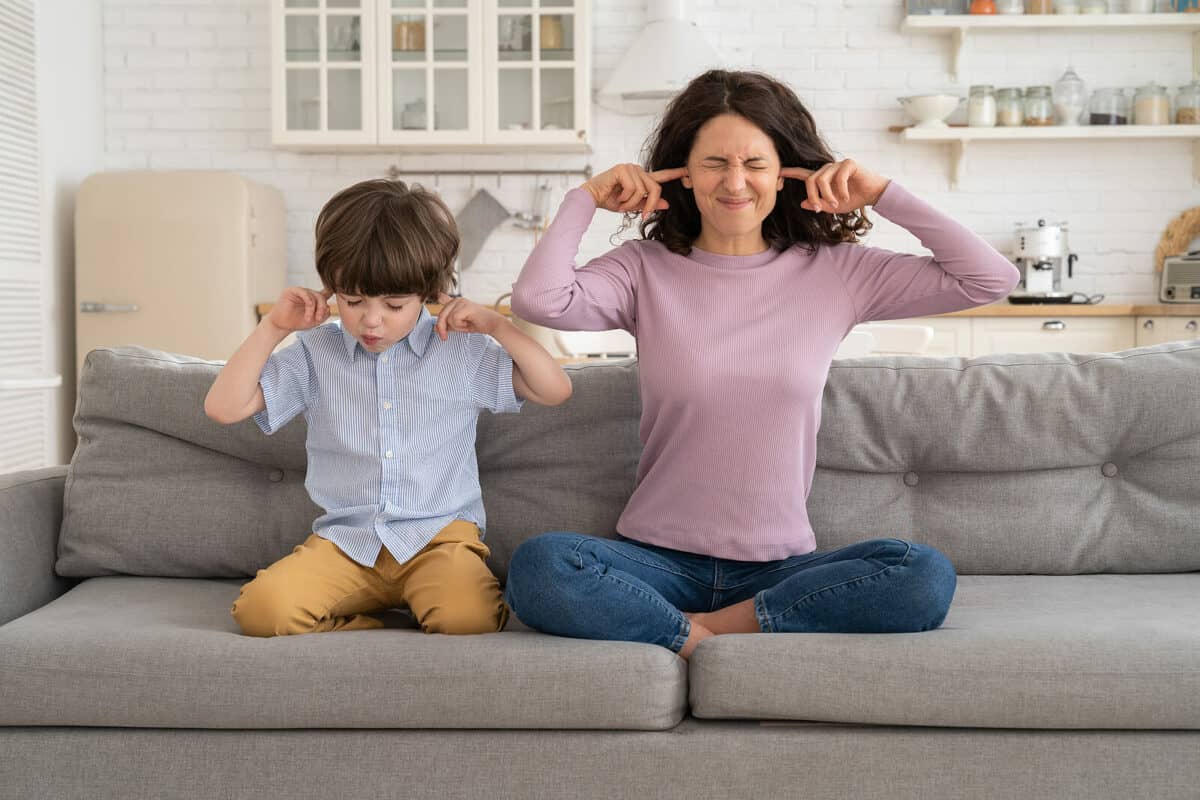An estimated 1 in 8 people have some degree of hearing loss, making it one of the most common health conditions that people live with today. A common cause of hearing loss is loud noise exposure which is known as noise induced hearing loss. According to the Hearing Health Foundation, over 30 million people are regularly exposed to dangerous noise levels that can affect hearing. This highlights the importance of practicing safety measures which can prevent noise induced hearing loss and protect your hearing health as well as wellness.
Impact of Noise on Hearing Health
One time or regular exposure to loud noise can permanently damage hearing. Loud noise can irreparably impair the sensory cells that are in the inner ear. There are thousands of these cells and they play a major role in how sound is absorbed and processed. Sensory cells, located in the cochlea, receive incoming sound waves and convert them into electrical signals. These signals get sent to the brain which then continues processing them – this includes assigning meaning to signals which is how we are able to understand what we hear.
Loud noise can weaken these cells by densitizing them, reducing their ability to process soundwaves. This impairs these cells which causes the brain to receive less auditory information from them, producing hearing loss. Sensory cells in the inner ear are unlike other types of cells we have because they do not regenerate. There are also no ways to repair or replenish them which means that any damage they experience is permanent. This results in chronic, noise induced hearing loss.
Daily Examples of Loud Noise Exposure
Noise above 85dB (decibels) is considered dangerous for hearing health. This is equivalent to busy city traffic and a hair dryer. We navigate various types and volumes of noise on a daily basis that come close to or exceeds 85dB Common examples include:
- Using household appliances: there are various types of household appliances produce sound that is near or exceeds 85dB:
- hair dryer, blender: 80-90dB
- lawn mower, vacuum cleaner: 90dB
- power tools (hand drill): 100dB
- Work environments: the Hearing Health Foundation estimates that 22 million people are exposed to hazardous noise levels in the workplace. There are various examples of noisy work settings including: restaurants, transportation hubs, construction sites, music and entertainment venues etc.
- Social activities. From attending concerts, a game in a stadium, going to gun ranges, hunting, or automobiling; these activities produce noise levels that can easily surpass 85dB.
- Electronic Devices: using headphones or earbuds to listen to music or podcasts can reach up to 100dB.
These everyday ways of excessive noise exposure underscores the importance of practicing safety measures to protect your hearing health.
Tips to Prevent Noise Induced Hearing Loss
Noise induced hearing loss is completely preventable. Practicing the following safety measures can significantly protect your hearing health:
- Wear hearing protection: this includes items like earbuds and earmuffs which provide the ears with a protective barrier. This physical barrier reduces the amount of loud noise you absorb. Hearing protection is small enough to easily carry and access when moving through environments that are noisier.
- Practice 50-60% rule: a rule of thumb, the 50-60% rule describes only using 50-60% of the total volume of your devices. This helps you maintain low volume settings, allowing you to listen to audio safely.
- Measure volume: there are various apps you can download to measure the volume (in decibels) in the environments you are in as well as the devices you use. This allows you to lower volume as well as reduce your exposure time.
- Take listening breaks: taking 5-10 minute listening breaks throughout the day is a great way to give your ears and brain time to rest and recuperate from constantly absorbing and processing sound.
- Test hearing regularly: another effective strategy is to get your hearing evaluated regularly. Hearing tests are painless and noninvasive, measuring your hearing capacities in both ears. This is a great way to track your hearing health and it allows you to intervene early if you experience any changes or symptoms that need to be addressed.
Contact us today to learn more about the ways you can protect your hearing health and prevent noise induced hearing loss.

